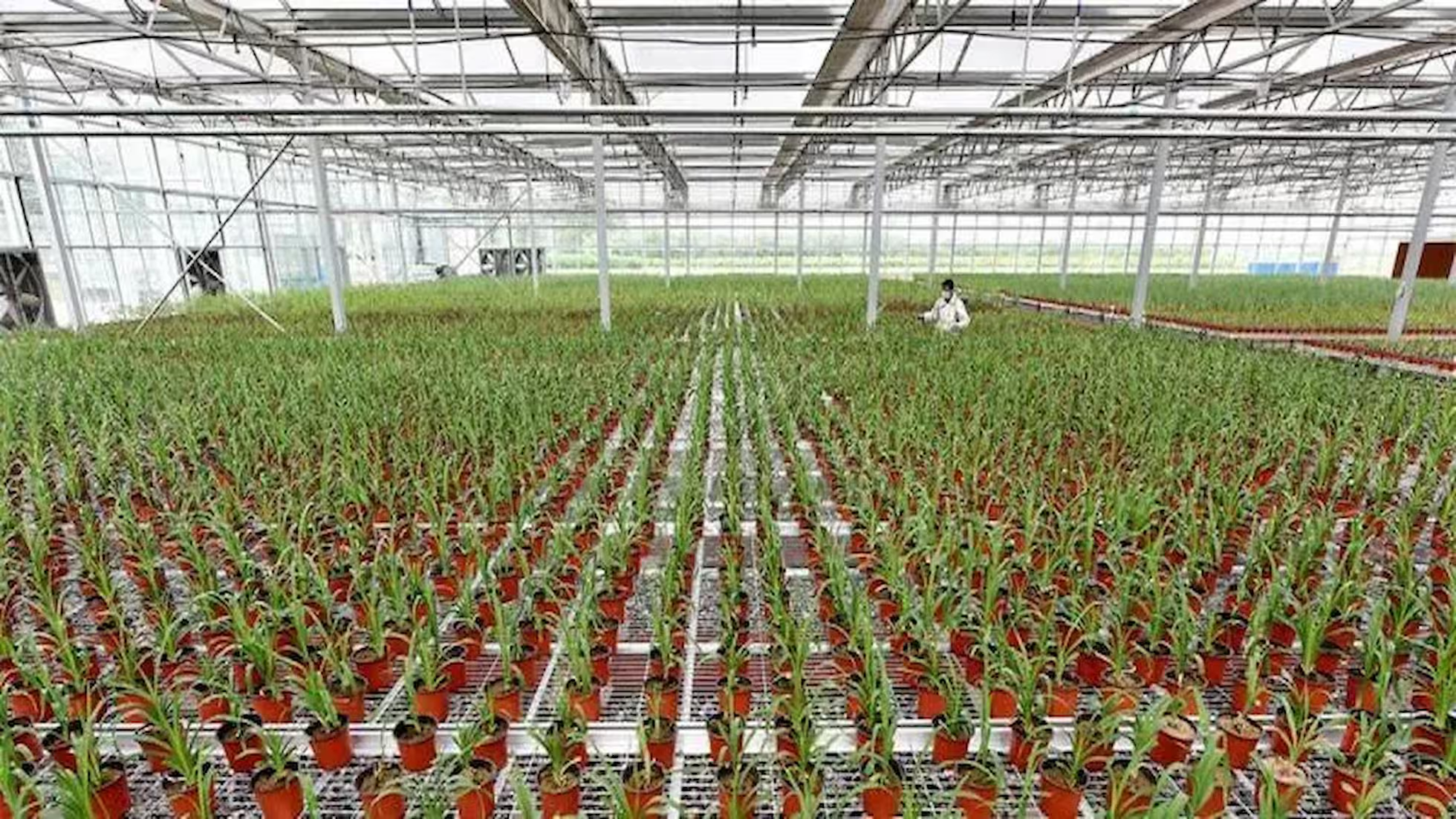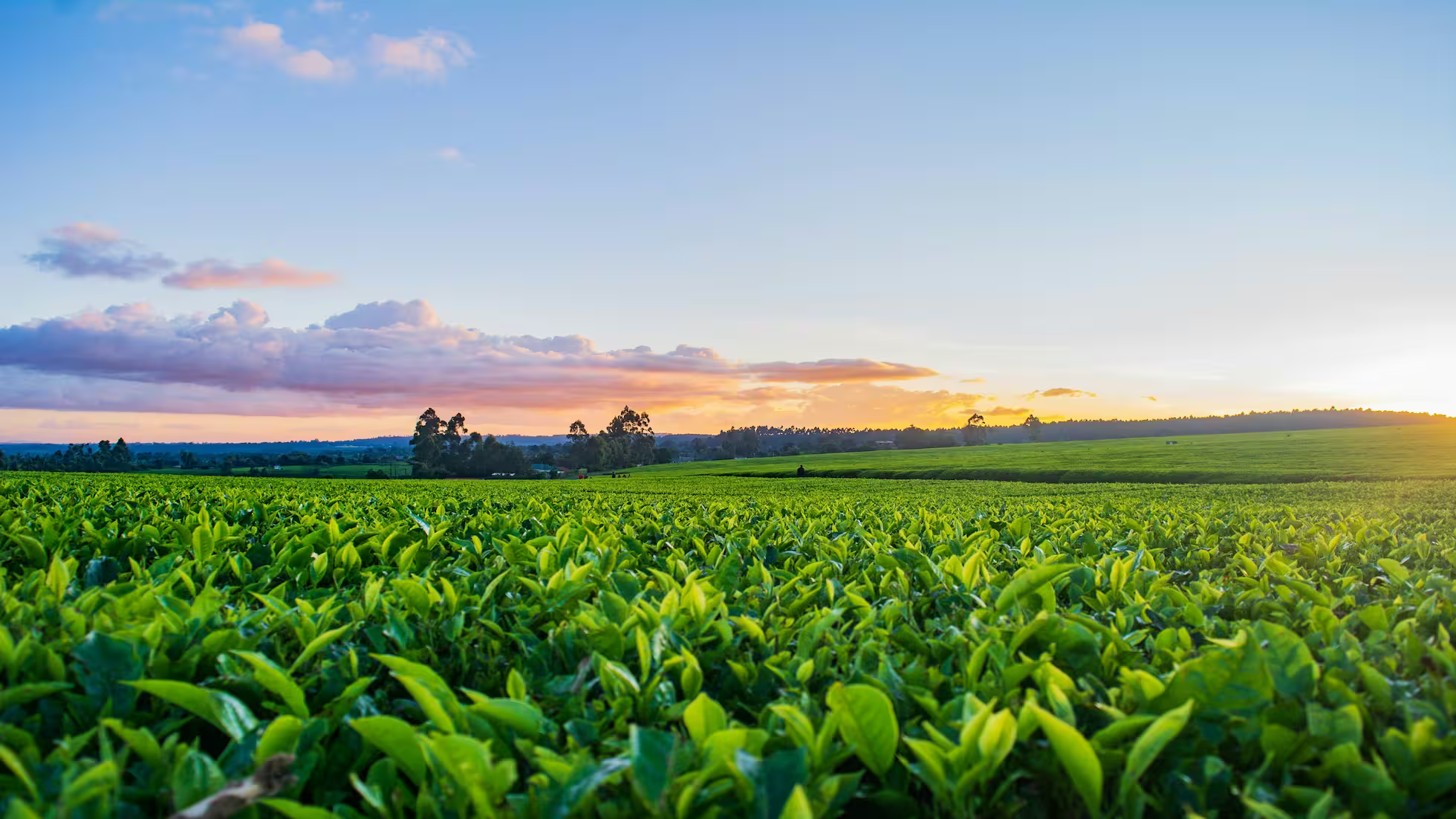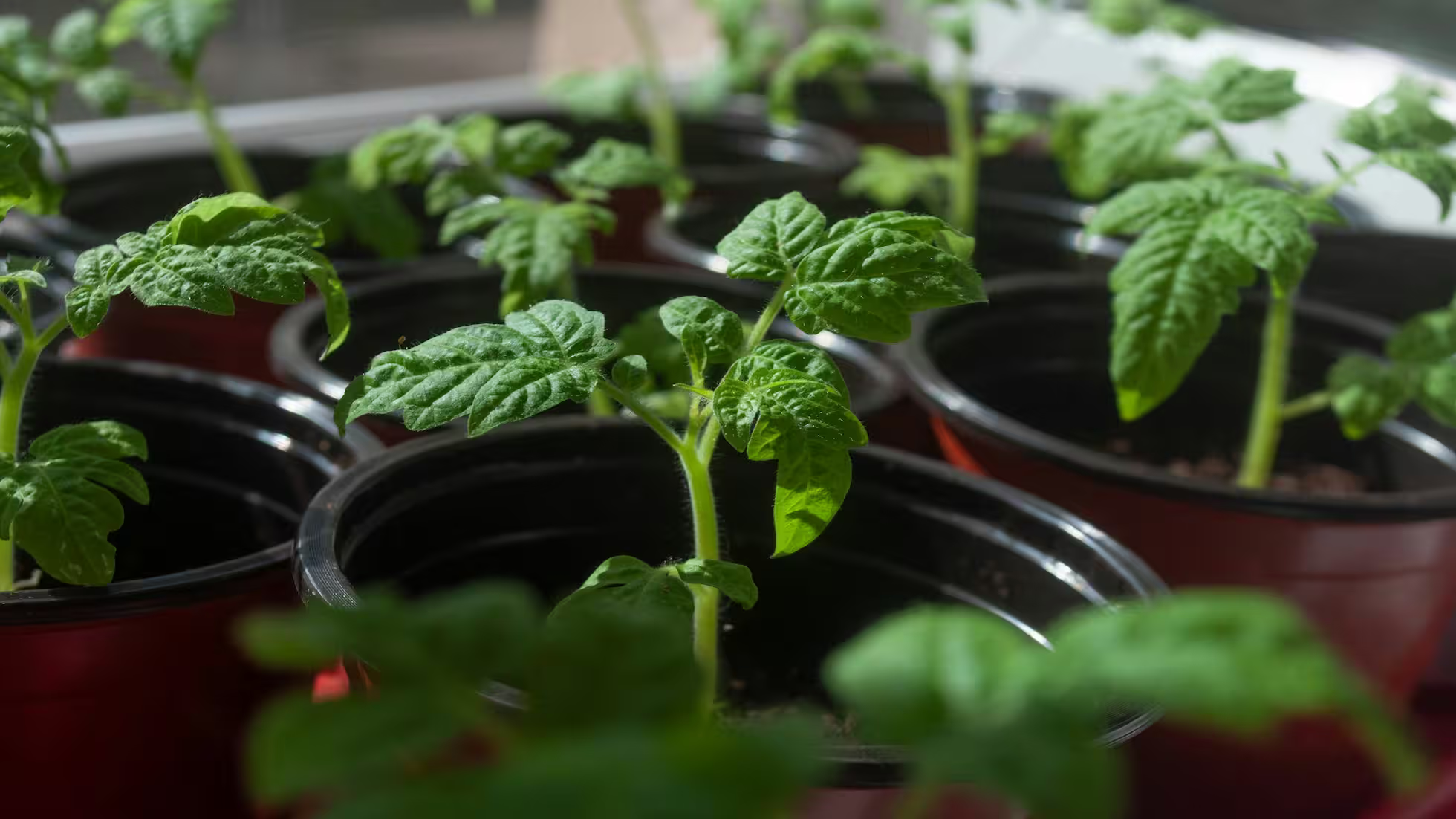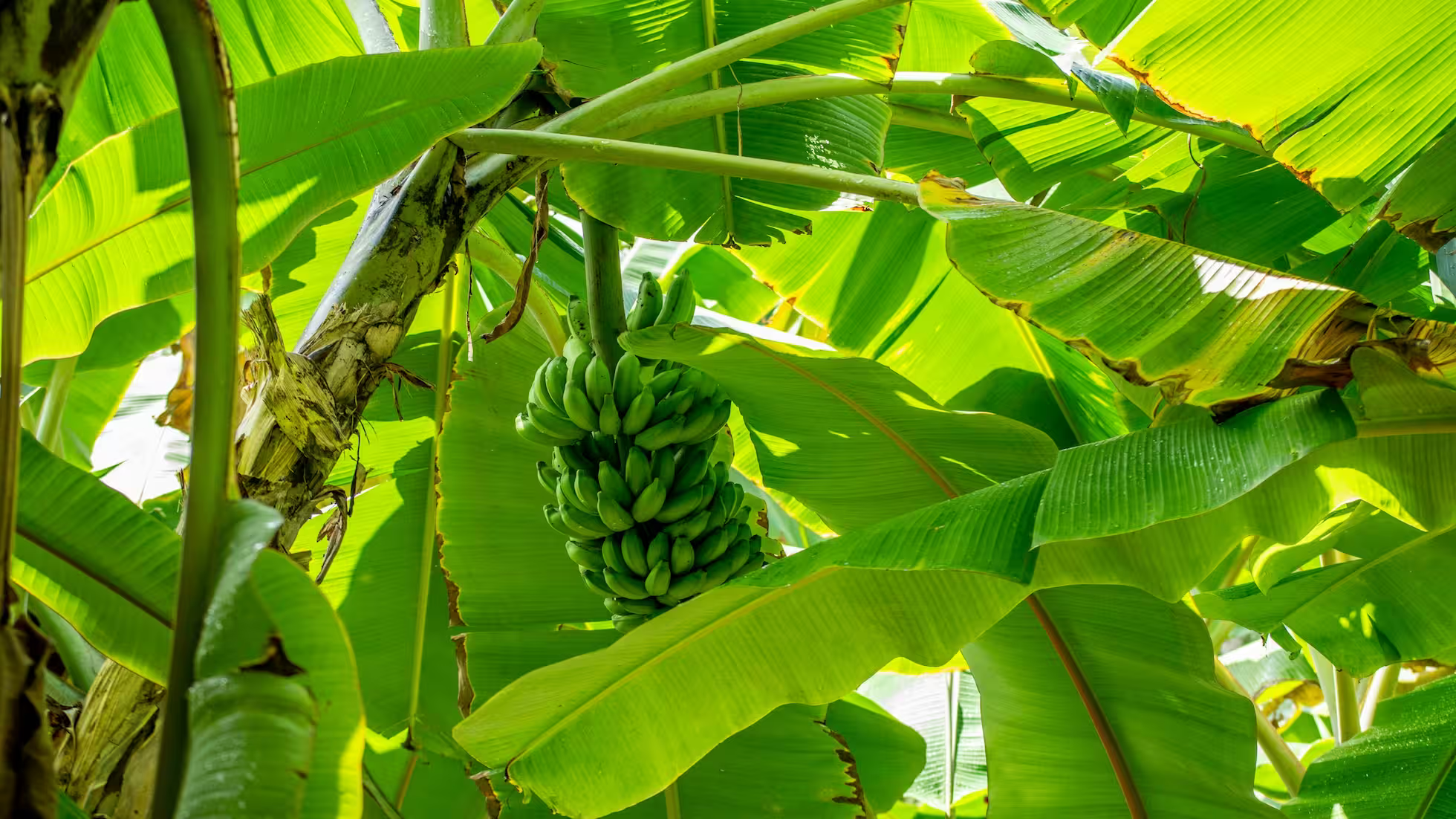Key Points for Preventing 'Late Spring Frost' and Frost Resistance in Fruits, Vegetables, and Tea during the Jingzhe Season

1. Peaches
- Warmth Preservation and Frost Protection: Monitor temperature changes, and when temperatures are forecasted to drop below 0°C, use smoke fumigation to increase temperature and prevent frost damage.
- Post-Frost Management: Timely prune frost-damaged flowers, young fruits, and leaves. Cut off severely damaged branches and, after flowering, apply fungicides and insecticides to control pests and diseases.
- Fruit Retention and Delayed Thinning: After a cold spell, assist pollination manually and appropriately delay fruit thinning. During flowering, apply nutrients that promote pollen germination to improve fruit set.
- Pest and Disease Control: Strengthen integrated pest and disease management, applying pesticides in time to minimize the effects of pests and diseases.
2. Pears
- Snow Removal: Timely remove snow from trees to reduce frost damage.
- Orchard Smoke Fumigation and Temperature Raising: Use smoke fumigation when temperatures drop below 0°C to raise the orchard temperature.
- Tree Nutrition Enhancement: Prune frost-damaged flower branches and apply anti-frost solutions or nutrient liquids. Top-dress with fertilizers to improve nutritional levels.
- Delayed Thinning and Pollination: Do not rush to thin young fruits after frost. Perform manual pollination after snow to increase fruit set.
- Pest and Disease Control: Strengthen integrated pest and disease control, and apply pesticides to mitigate damage from pests and diseases.
3. Melons and Vegetables
- Facility Reinforcement and Heat Preservation: Reinforce and maintain greenhouses to enhance their insulation, such as by covering with straw mats or non-woven fabric.
- Seedbed Temperature Monitoring: Maintain the seedbed temperature between 18-28°C, and provide additional heat and light during cloudy or rainy weather.
- Post-Disaster Field Management: Once the weather improves, increase light transmission and ventilation, apply fertilizers, and strengthen pest and disease control.
4. Tea
- Harvesting and Warmth Preservation: Prior to strong cold fronts, harvest plucked buds and leaves and cover tea trees to preserve warmth.
- Spray Irrigation to Prevent Frost: Use irrigation systems to intermittently spray water, reducing frost damage.
- Smoke Fumigation for Frost Protection: Under fire safety conditions, employ smoke fumigation in tea gardens to reduce frost damage.
Published at: Feb 18, 2024 · Modified at: Dec 24, 2025



